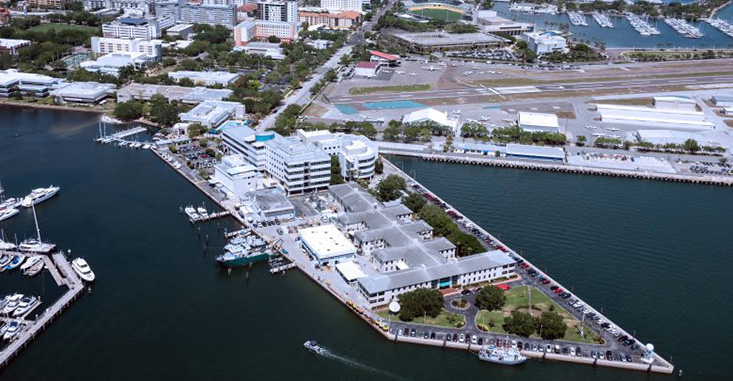
Marine Science Faculty Publications
Document Type
Article
Publication Date
6-15-1998
Digital Object Identifier (DOI)
https://doi.org/10.1029/98JC00195
Abstract
Mean net surface heating of the Pacific Ocean shows areas of high heat gain in the eastern tropics and heat loss in the western midlatitudes. For steady state conditions, westward and poleward transport of heat is implied. Mean geostrophic and Ekman fluxes of heat and freshwater through the sides of a western tropical Pacific box bounded by World Ocean Circulation Experiment (WOCE) high‐resolution expendable bathythermograph (XBT) transects are presented. Water mass properties of currents transporting heat and freshwater through the enclosed region are seen to be modified in transit. Net transport convergences within the volume of water extending to 800 m in the vertical show a shallow ocean circulation cell (σθ < 26) with relatively dense subtropical gyre water entering the volume and lighter water leaving in western boundary currents, eastward flowing tropical currents, Ekman flow, and outflow to the Indian ocean. Surface buoyancy fluxes are dominated by freshwater rather than heat fluxes. Freshwater gain through the surface allows warm, salty water to enter in the same density range as cool, fresh water leaving the volume. For steady state conditions the XBT‐derived oceanic heat convergence of 0±0.3 PW implies negligible heat loss to the atmosphere. Traditional surface heat flux climatologies predict too much heat gain. Part of the discrepancy may be due to anomolous meteorological conditions during the XBT experiment (1987–1995). Oceanic freshwater divergence of 0.70±0.08 Sv falls in the range of climatological predictions from surface freshwater gain.
Rights Information
Was this content written or created while at USF?
Yes
Citation / Publisher Attribution
Journal of Geophysical Research - Oceans, v. 103, no. C6, p. 13023-13039
Copyright 1998 by the American Geophysical Union.
Scholar Commons Citation
Morris, Michele Y.; Roemmich, Dean H.; Meyers, Gary; and Weisberg, Robert H., "Upper Ocean Heat and Freshwater Advection in the Western Pacific Ocean" (1998). Marine Science Faculty Publications. 156.
https://digitalcommons.usf.edu/msc_facpub/156

